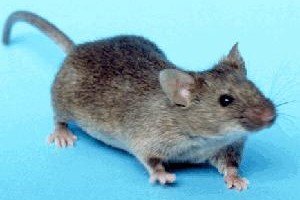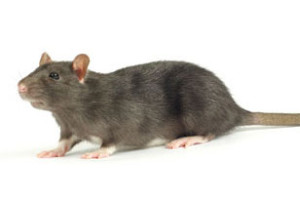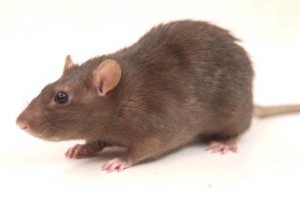
Small rodent with little to no hair on the tail
ColorWhite, grey, light brown or even black
Size3 - 4 inches
HabitatHuman dwellings as well as fields and agricultural land
Interesting FactsThe house mouse is the most genetically altered mammal in the world

Pointed snout, large eyes, slender rear and a tail that is longer than the length of its body
ColorBlack to light brown with a lighter underside
Size12 – 18 inches, including a 6 – 10 inch tail
HabitatRanging from urban areas to barns and crop fields
Interesting FactsThe Roof rat is also known as the black rat, misleading as it is found in a range of browns, as well

A larger rodent with very coarse fur; the tail is approximately as long as the body
ColorBrown or dark grey with a lighter underbelly
SizeBody 10 inches, tail 10 inches
HabitatIn urban environments they usually live among humans; in rural areas they prefer damp environments
Interesting FactsNorway rats are very social animals; they often groom one another and sleep together